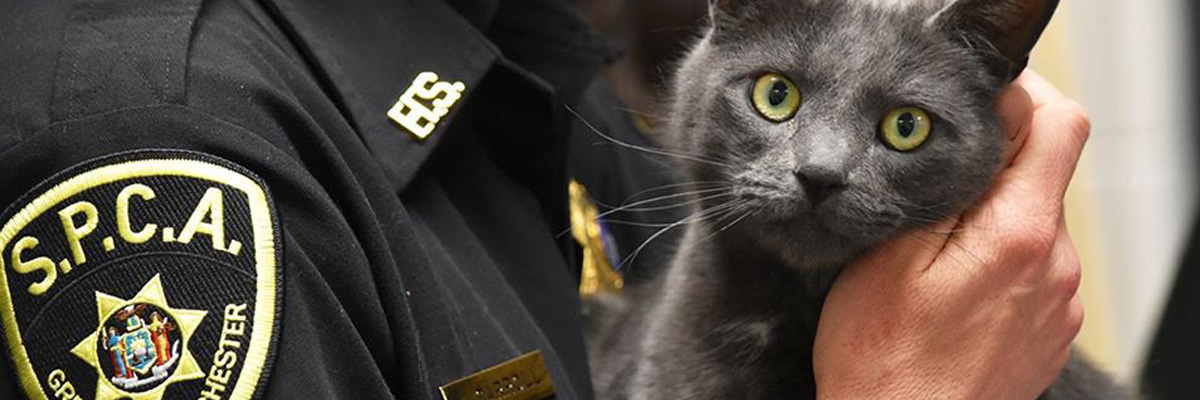Animal cruelty, an affliction that manifests in various ugly forms, has long been a point of contention within society. From neglect and abandonment to overt acts of violence, the spectrum of animal mistreatment is vast and deeply troubling. As society progresses and sensibilities evolve, the necessity for law enforcement to address animal cruelty with the seriousness it warrants becomes increasingly evident. The question at hand is not merely whether animal cruelty should be taken more seriously, but rather how this seriousness can manifest within legal frameworks and law enforcement practices.
To comprehend the imperative for a robust stance against animal cruelty, it is essential to acknowledge the emotional and psychological ramifications that such cruelty inflicts not only on the victims—our animal companions—but also on the perpetrators and society at large. Research indicates a troubling correlation between animal cruelty and interpersonal violence; individuals who commit acts of cruelty towards animals are statistically more likely to engage in violent behavior against humans. This intersection of animal abuse and broader societal violence warrants an urgent reconsideration of how law enforcement approaches these crimes.
The first facet of this discussion lies in the classification of animal cruelty as a criminal offense. Historically, many jurisdictions have treated acts of animal cruelty as minor infractions, often resulting in negligible penalties. The image of the law perceiving animal abuse as inconsequential is not only misguided but also dangerous. Increasing the severity of penalties associated with animal cruelty would serve as a deterrent, emphasizing that such actions are intolerable and will not be overlooked. Legal reforms should seek to elevate these offenses within the criminal hierarchy, reflecting their gravity and the profound societal implications they carry.
Moreover, the enforcement of existing animal cruelty laws often falls short due to a myriad of factors, including inadequate training for law enforcement officers. Officers may lack the necessary knowledge to identify signs of animal cruelty or understand the legal ramifications involved. Comprehensive training programs, designed to equip law enforcement with the tools and knowledge to address these cases effectively, are paramount. Such training would enable officers to approach these situations with the appropriate level of gravitas, ensuring that animal cruelty cases are not dismissed or trivialized.
Public awareness and community engagement also play pivotal roles in amplifying the conversation surrounding animal cruelty. Informed communities are empowered to report instances of mistreatment, thereby creating a grassroots safety net for vulnerable animals. Education campaigns can foster a culture of empathy and responsibility towards animal welfare, encouraging individuals to recognize and report cases of abuse. This shift in public perception and engagement is essential in transforming law enforcement’s approach to animal cruelty into one that is proactive rather than reactive.
Furthermore, the emotional bonds between humans and animals should not be underestimated. Pets often serve as family members, providing companionship and unconditional love. The trauma inflicted on these innocent beings reverberates throughout families and communities, establishing a ripple effect of distress that can manifest in various adversarial forms. By framing animal cruelty not just as an offense against property but as an affront to communal values and shared emotional experiences, law enforcement can cultivate a more nuanced understanding of the issue.
The interventionist role of veterinary professionals also necessitates examination. As frontline responders to cases of suspected animal cruelty, veterinarians and animal welfare organizations often uncover harrowing instances of abuse. Collaborative models where law enforcement works in tandem with veterinarians can yield more effective outcomes—creating a symbiotic relationship that champions animal welfare while bolstering legal responses. By fostering interagency cooperation, a more coordinated approach can alleviate the burdens faced by both animals and those who seek to protect them.
Legislation such as the Animal Welfare Act serves as a foundational element in the fight against animal cruelty. However, as societal attitudes evolve, so too must the laws that govern animal welfare. Advocates for change must lobby for stronger legal protections, enhanced penalties for offenders, and broader definitions of what constitutes animal cruelty. By supporting legislative efforts aimed at reforming and fortifying animal welfare laws, stakeholders can ensure that the plight of abused animals is met with an appropriate legal response that reflects contemporary societal values.
Moreover, the judicial system plays a critical role in administering justice for animal cruelty cases. Judges who understand the psychological and social implications of animal cruelty are more likely to impose stringent penalties, thus cementing the idea that these offenses will not be tolerated. Continued judicial education on the complexities of animal welfare can play a crucial role in enhancing the overarching framework for addressing cruelty cases effectively.
Ultimately, society must reconceptualize its relationship with animals, moving away from viewing them as commodities or possessions. Animals possess intrinsic value and the right to live free from fear and harm. Law enforcement agencies must take ownership of their role in addressing animal cruelty, treating it with the urgency and seriousness it demands. The path towards a more humane society requires a concerted and comprehensive effort to enact legal reforms, cultivate public awareness, and strengthen community engagement. Only then can we begin to forge a future where animal cruelty is no longer tolerated, but rather met with swift and decisive action.








